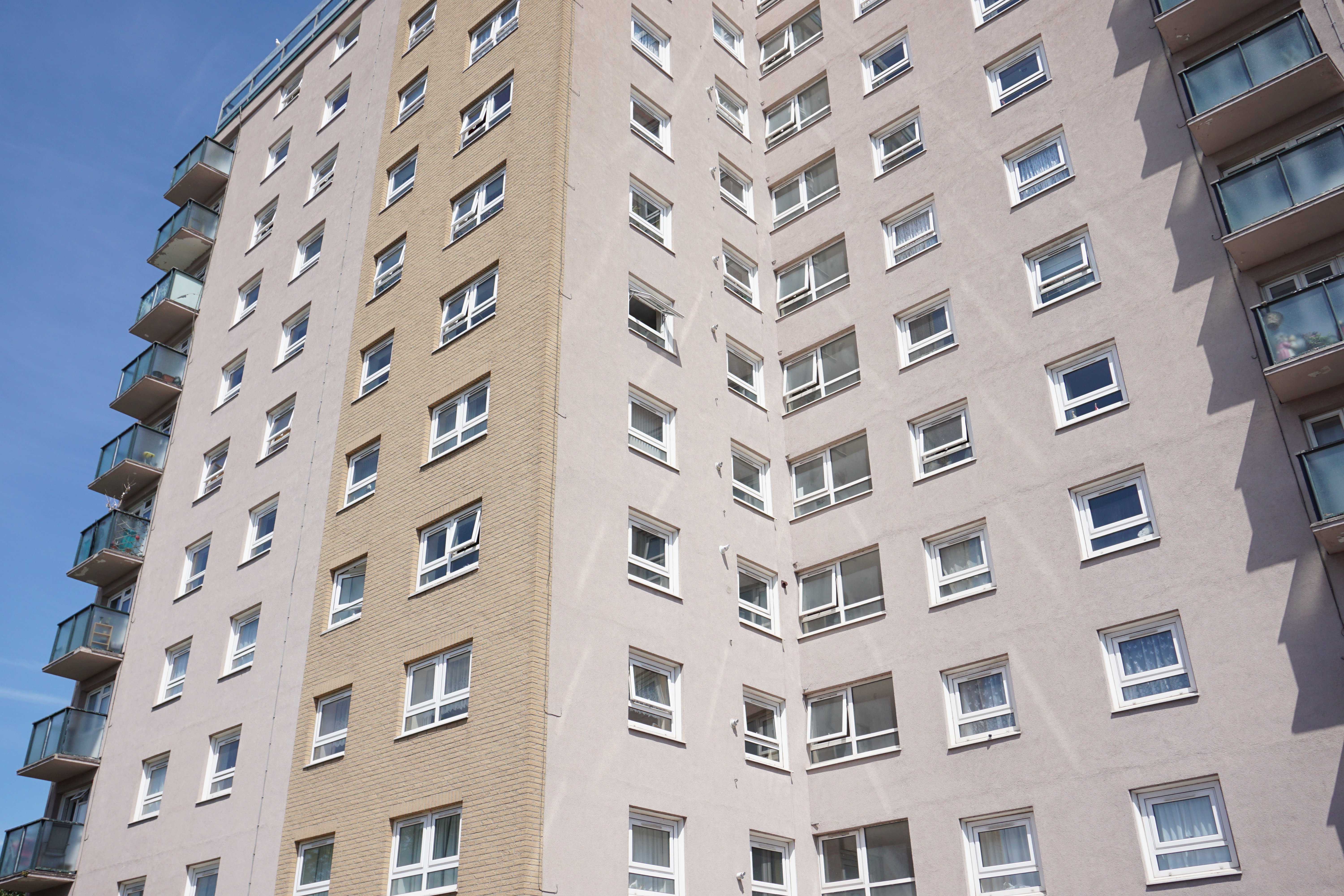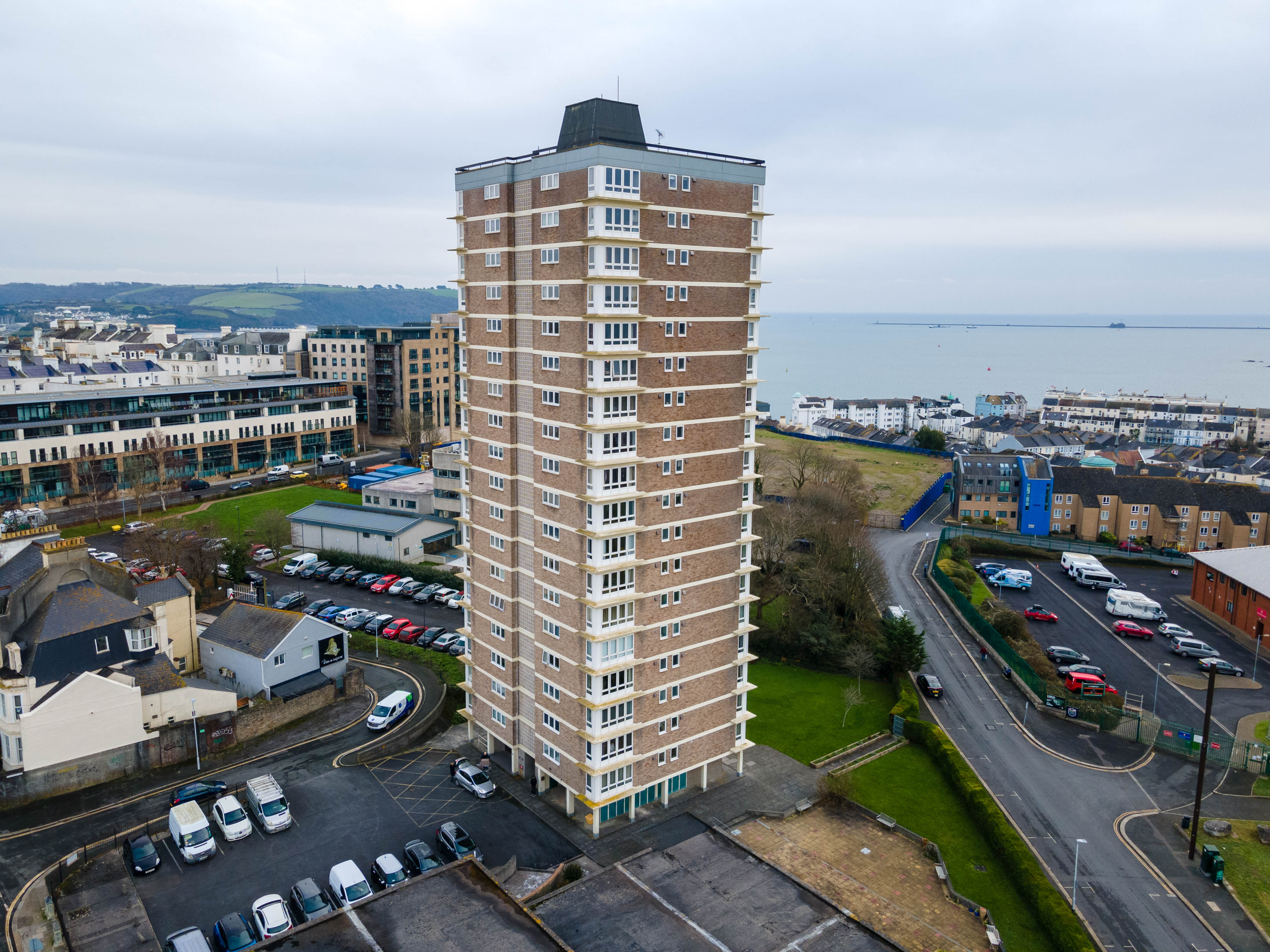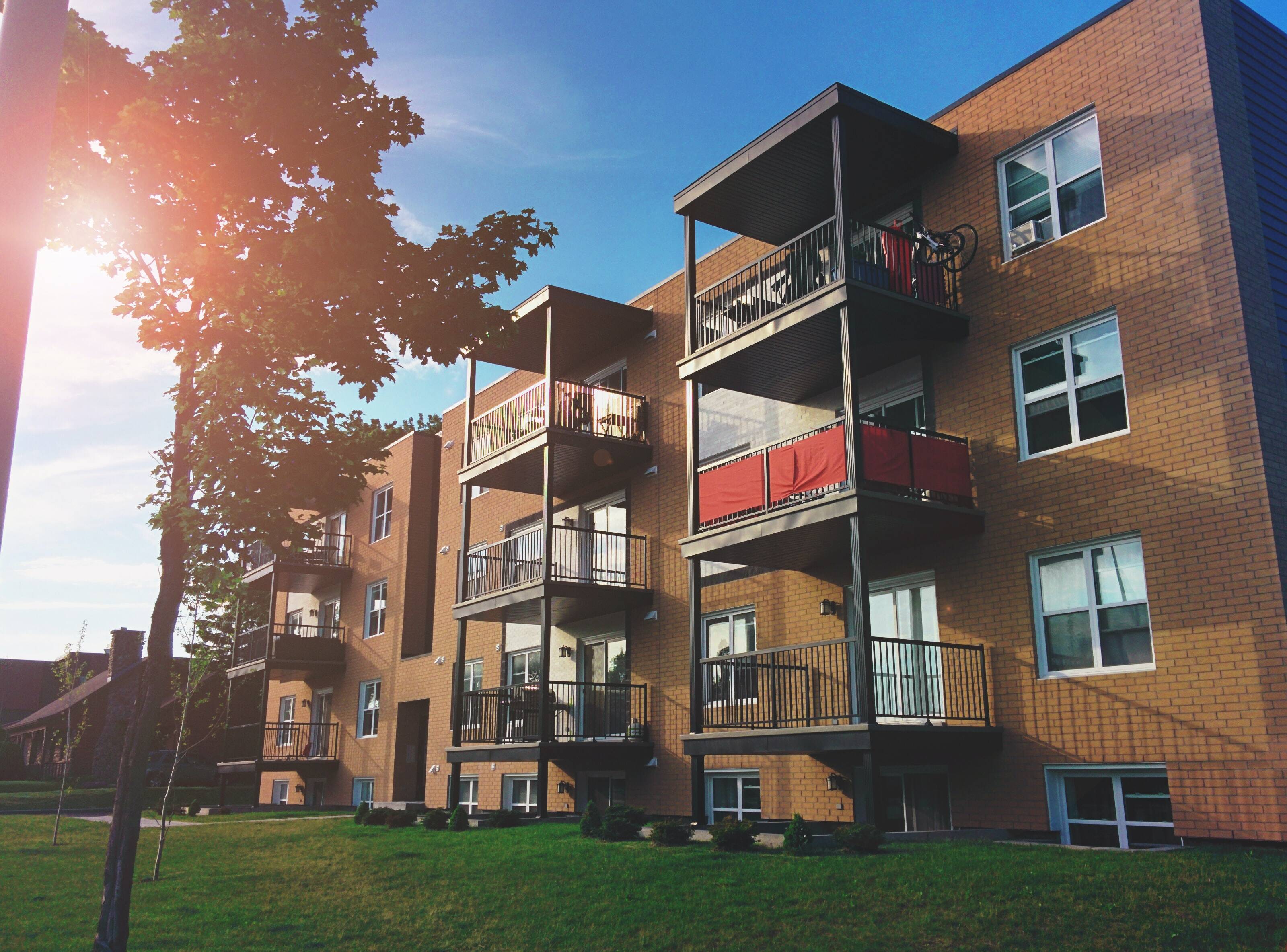What Is the Building a Safer Future Charter?
.jpeg)
In response to the Grenfell Tower tragedy in 2017, preventative measures were implemented to ensure safer and more proactive building safety in England.
Most of the changes were directly legislative, such as the Building Safety Act and the Fire Safety Act. There’s also the Building a Safer Future Charter (BSF), but what is it and how does it differ from the legislation enacted?
- What Is the Building a Safer Future Charter?
- The Five Commitments of Building Safety
- Why Is the Charter Integral to Building Safety?
- Ensure a Safer Future for Your Buildings
What Is the Building a Safer Future Charter?
In her Building a Safer Future report, Dame Judith Hackitt identified the failure of leadership and culture as a key contributing factor to the Grenfell Tower incident. A direct government response led to the formation of the Industry Early Adopters Group. The group comprises councils, contractors and building associations.
They created the Building a Safer Future Charter, which aims to action positive cultural and behavioural changes across the industry to achieve a safer building system.
Whilst originally conceived to focus on High-Rise Residential Buildings, the Building a Safer Future Charter extended its scope to cover buildings of all heights and applies to all construction activity and companies in the industry.
The Five Commitments of Building Safety
The Charter consists of five commitments demonstrating initiatives to protect life by putting safety above all. Commitments are a vital mechanism that makes up the Charter, covering all aspects of building safety attitudes and culture.
Commitment 1: Collaboration for Culture Change
The first commitment focuses on the overall culture surrounding building safety. The Charter commits to guiding building safety measures across the sector. This can help Building Safety Managers clearly understand changes that must be made following laws such as the Building Safety Act.
By spearheading and promoting industry-wide culture change, the Charter aims to:
- Create a culture where everyone involved in building design, construction and occupation can raise concerns with complete transparency and accountability.
- Ensure building safety is a collective aim for all accountable persons, enabling them to challenge each other and share best practices to improve building safety effectively.
- Testing and trialling proposals so that reforms and regulations are fit for purpose and proactively taking the lead to continually improve building safety.
Commitment 2: Transparency for Building Safety
Not keeping accountable people updated on the latest changes to a building is dangerous. Full transparency of a building’s condition is essential for safety and ensures full accountability for the responsible people.
To encourage this transparency, the Charter founders have been:
- Creating Building Safety Records to provide building safety information for residents.
- Sharing relevant information with residents, clients, contractors and statutory bodies in a user-friendly way for all stages of the construction process.
- Maximising the benefits of digital technology to ensure building information is recorded and retained.
- Utilising social media to keep residents informed and point them to where they can access more information.
Commitment 3: Putting Safety Above Costs
With recent legislation focusing on protecting the rights of leaseholders, accountability is shifting and so are the potential costs. The Charter emphasises the importance of putting the safety of residents above expenses and ensuring the best cladding is used and precautions are implemented.
To ensure all equipment is of the best quality, the Charter Founders:
- Ensure supply chain partners committed to improving building safety work towards signing the Building a Safer Future Charter.
- Set clear competence and equipment requirements for all Accountable People working on high-rise buildings.
- Encourage a shift towards a digital approach to working to ensure digital recordings for new buildings that can pass into operation.
Commitment 4: Put Residents at the Heart of the Planning Process
The commitment focuses on attitudes towards residents in buildings and recommends added protections, such as standard area regulations of all residential buildings.
The BSF Charter recommends increased reassurance to all residents on assessing potential concerns in medium and lower-rise blocks of flats, including fire doors and fire extinguisher access in all common areas. They ensure this ease of access by:
- Establishing an accountable person for each building who residents can contact with queries and concerns.
- Ensuring that meaningful discussions with residents are considered before any changes are made.
- Developing an impartial reporting and feedback process to allow improvements for feedback-led change to take place.
Commitment 5: Set Out and Communicate Clear Responsibilities for the Accountable People
The Building Safety Act reiterates the Accountable Person's roles and responsibilities, and the BSF Charter ensures this is communicated clearly. Assigning responsibility to everyone involved in the building design, construction and occupation is a clear focus of the Charter.
To assign a clear person accountable for all high-rise buildings, the Charter Founders have been:
- Defining clear roles and responsibilities within teams and the supply chain for enhanced quality assurance.
- Investing in advanced training and continuing professional development — both within the company and with supply chain partners.
- Ensuring everyone has the time and resources they need to achieve to maintain building safety.
Why Is the Charter Integral to Building Safety?
In 2021, the UK government spent approximately £3.15 billion on fire-protection services. However, attitudes towards fire safety are just as crucial as funding and legislation. This is why the Building a Safer Future Charter is integral for driving positive change.
Following the actions of the Charter is more than just a way to keep your buildings safer. It increases understanding of why safety measures are put in place. By changing your attitude towards building safety, you’ll be able to prevent costly measures, ensure compliance and work with contractors and owners to implement preventative measures more effectively. Head to their website to find out more here: Building a Safer Future Charter Website.
Ensure a Safer Future for Your Buildings
The BSF Charter is an effective way of ensuring more compliant and effective building safety attitudes and culture, but it isn’t a comprehensive guide to remaining compliant with the latest regulations.
That’s why we’ve created an accessible checklist you can follow step-by-step to ensure you aren’t missing out on any essential changes. To download the checklist, just click the button below.





.jpeg)
